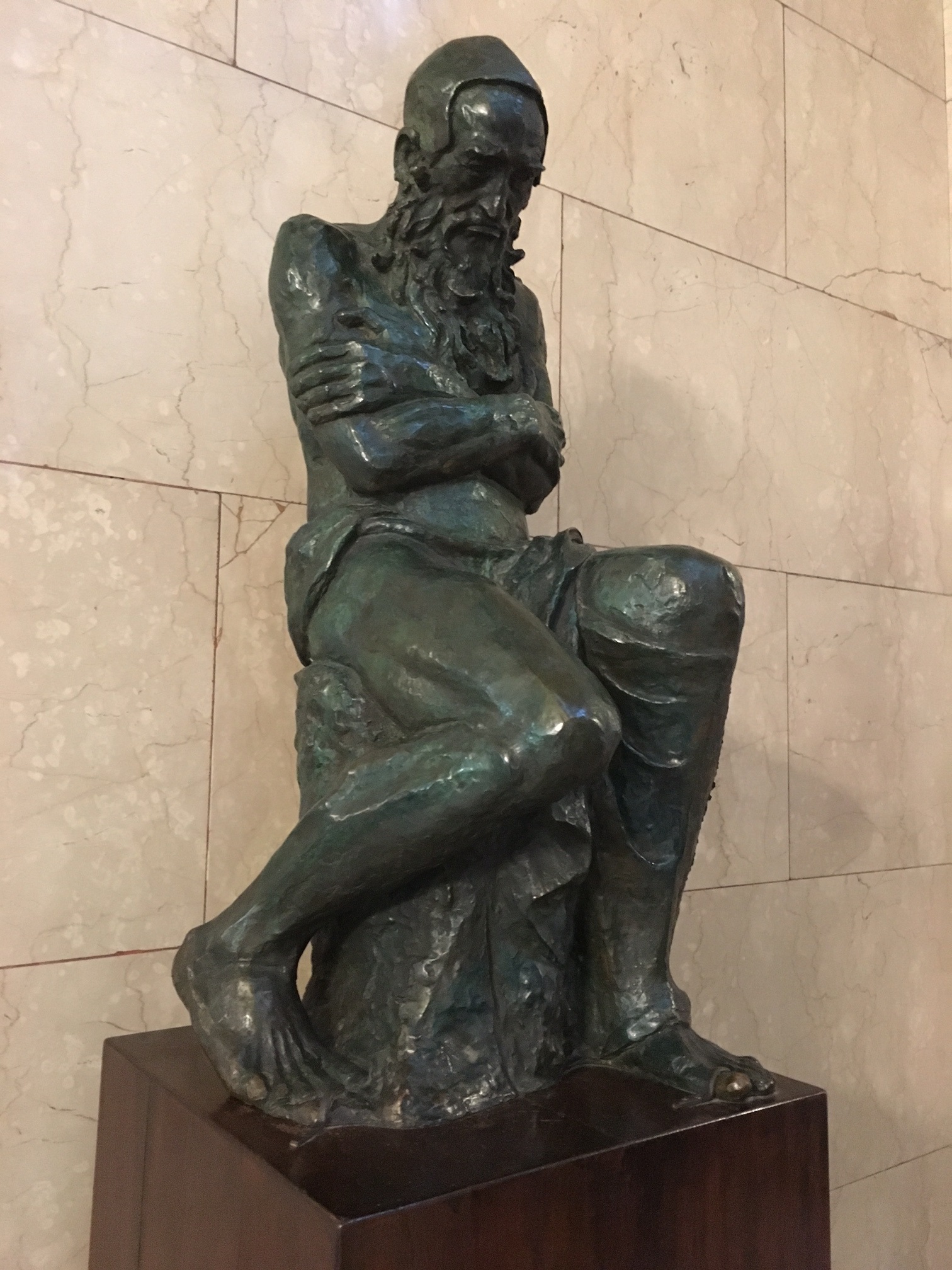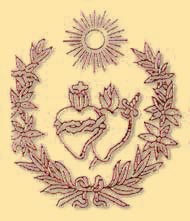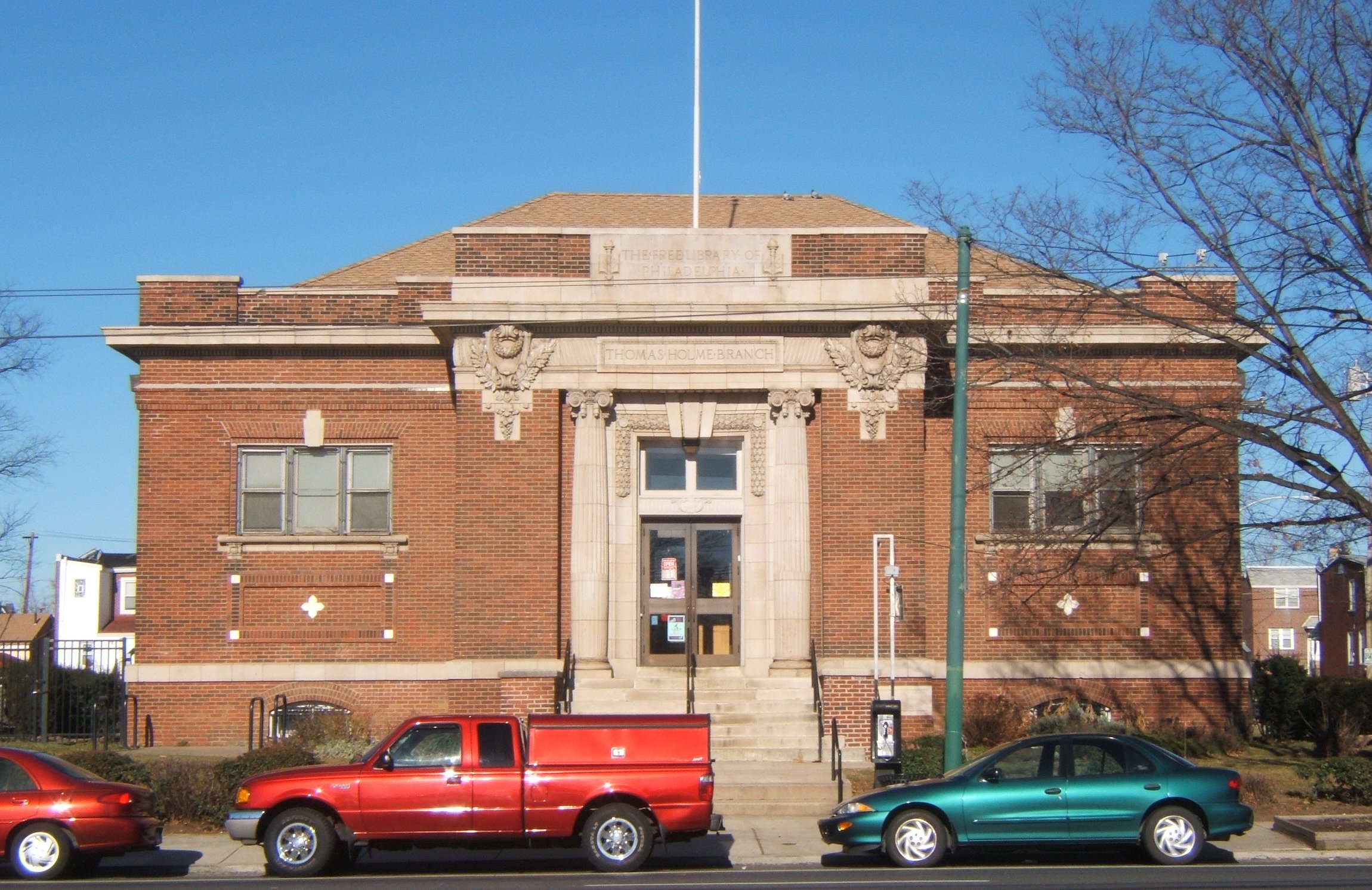|
James O'Connor (bishop)
James O'Connor, S.J. (September 10, 1823 – May 27, 1890) was the first Catholic Bishop of the Diocese of Omaha, Nebraska. Biography James O'Connor was born in Queenstown, Ireland, September 10, 1823. In 1834, his older brother Michael, former Vice-Rector of the Pontifical Irish College in Rome, was serving as chaplain at for the convent of the Presentation Sisters in Doneraile. Peter Richard Kenrick, brother of Francis Kenrick, coadjutor bishop of Philadelphia, persuaded Father Michael to come to Philadelphia and teach at St. Charles Borromeo Seminary. Vol. 12. New York: Robert Appleton Company, 1911. 6 August 2019 James accompanied his brother to Philadelphia and took up studies at the seminary. From there he completed his studies at the |
Most Reverend
The Most Reverend (abbreviated as The Most Revd or The Most Rev) is an honorific style (form of address), style given to certain (primarily Western Christian, Western) Christian clergy and Christian minister, ministers. It is a variant of the more common style "The Reverend". Catholic In the Catholic Church, two different systems may be found. In most countries, all bishops are styled "The Most Reverend", as well as monsignors of the rank of protonotary apostolic ''de numero''. In the United Kingdom, only archbishops bear the style "The Most Reverend", with other bishops styled "The Right Reverend". By custom, this title is used for the Minister general, ministers general of the various branches of the Order of Friars Minor as well as of the Third Order Regular of St. Francis. Eastern Orthodox In the Eastern Orthodox Church, Eastern Orthodox tradition, archbishops under the Ecumenical Patriarchate (those who are not the Primate (bishop), primates of autocephalous churches) and M ... [...More Info...] [...Related Items...] OR: [Wikipedia] [Google] [Baidu] |
Presentation Sisters
The Presentation Sisters, officially the Sisters of the Presentation of the Blessed Virgin Mary, are a religious institute of Roman Catholic women founded in Cork, Ireland, by Honora "Nano" Nagle in 1775. The sisters of the congregation use the postnominal initials PBVM. The Presentation Sisters' mission is to help the poor and needy around the world. Historically, the Sisters focused their energies on creating and staffing schools that would educate young people, especially young women. Most of these schools are still in operation and can be found across the globe. As of 2024, the Presentation Sisters are active in 19 countries: Australia, Bolivia, Canada, Chile, Dominica, Ecuador, India, Ireland, Israel, New Zealand, Pakistan, Papua New Guinea, Peru, Philippines, Thailand, United Kingdom, United States, Zambia, and Zimbabwe. History Beginnings Honora (Nano) Nagle (1718–1784) was born in Ballygriffin, Cork, Ireland. Her wealthy Catholic family provided her the advantag ... [...More Info...] [...Related Items...] OR: [Wikipedia] [Google] [Baidu] |
Katharine Drexel
Katharine Drexel, SBS (born Catherine Mary Drexel; November 26, 1858 – March 3, 1955) was an American Catholic religious sister, and educator. In 1891, she founded the Sisters of the Blessed Sacrament, a religious congregation serving Black and Indigenous Americans. Canonized by Pope John Paul II in 2000, Drexel was the second person born in the United States to be declared a saint and the first who was born a U.S. citizen. Early life Drexel was born Catherine Marie Drexel in Philadelphia, Pennsylvania, on November 26, 1858, to Francis Anthony Drexel and Hannah Langstroth. She had an older sister, Elizabeth. Her family owned a considerable banking fortune. Her uncle, Anthony Joseph Drexel, was the founder of Drexel University in Philadelphia. Katharine's mother Hannah died five weeks after her birth, and Anthony Joseph and his wife Ellen cared for Katharine and Elizabeth for the next two years. Her father married Emma Bouvier in 1860, brought his older children home, and h ... [...More Info...] [...Related Items...] OR: [Wikipedia] [Google] [Baidu] |
Roman Catholic Diocese Of Scranton
The Diocese of Scranton () is a Latin Church ecclesiastical jurisdiction, or diocese, of the Catholic Church in northeastern Pennsylvania in the United States. It is a suffragan diocese, suffragan see of Archdiocese of Philadelphia, established on March 3, 1868. The mother church of the Diocese of Scranton is St. Peter's Cathedral, Scranton, St. Peter's Cathedral in Scranton. Territory The Diocese of Scranton includes the cities of Scranton, Pennsylvania, Scranton, Wilkes-Barre, Williamsport, Pennsylvania, Williamsport, Hazleton, Pennsylvania, Hazleton, Nanticoke, Carbondale, Pennsylvania, Carbondale and Pittston. The diocese comprises Lackawanna County, Pennsylvania, Lackawanna, Luzerne, Bradford County, Pennsylvania, Bradford, Susquehanna, Wayne County, Pennsylvania, Wayne, Tioga, Sullivan County, Pennsylvania, Sullivan, Wyoming, Lycoming County, Pennsylvania, Lycoming, Pike, and Monroe County, Pennsylvania, Monroe counties The area of the diocese is . Early history 1700 ... [...More Info...] [...Related Items...] OR: [Wikipedia] [Google] [Baidu] |
William O'Hara
William O'Hara (April 14, 1816 – February 3, 1899) was an Irish-born American prelate of the Catholic Church. He was the first bishop of the Diocese of Scranton in Pennsylvania, serving from 1868 until his death in 1899. He founded St. Thomas College in 1888. Biography Early life and education William O'Hara was born April 14, 1816, in Dungiven, County Londonderry, in Ireland, to Thomas and Mary Louisa (née Miller) O'Hara. His mother was a member of the Church of Ireland but converted to Catholicism soon after marriage. The family moved to the United States in 1820, settling in Philadelphia. O'Hara received his early education in that city and later attended Georgetown College in Washington, D.C. In 1834, having decided to become a priest, O’Hara applied to Bishop Francis Kenrick for acceptance as a seminarian for the Diocese of Philadelphia. Kenrick sent him to the Urban College of the Propaganda in Rome, where he completed his philosophical and theological studies. W ... [...More Info...] [...Related Items...] OR: [Wikipedia] [Google] [Baidu] |
Roman Catholic Diocese Of Harrisburg
The Diocese of Harrisburg () is a Latin Church ecclesiastical territory, or diocese, of the Catholic Church in south central Pennsylvania in the United States. It is a suffragan diocese of the metropolitan Roman Catholic Archdiocese of Philadelphia, Archdiocese of Philadelphia. The mother church is Cathedral of Saint Patrick in Harrisburg, St. Patrick's Cathedral in Harrisburg. Pope Pius IX erected the diocese on March 3, 1868. As of 2023, the bishop of the Diocese of Harrisburg is Timothy C. Senior. History 1700 to 1800 Unlike the other British colonies in America, the Province of Pennsylvania did not ban Catholics from the colony or threaten priests with imprisonment. However, the colony did require any Catholics seeing public office to take an oath to Protestantism. Sacred Heart of Jesus Parish, the oldest parish in the present-day diocese, was founded in Conewago in 1730. In 1743, St. Mary's Parish was established in Lancaster, Pennsylvania, Lancaster. In 1784, a yea ... [...More Info...] [...Related Items...] OR: [Wikipedia] [Google] [Baidu] |
Jeremiah F
Jeremiah ( – ), also called Jeremias, was one of the major prophets of the Hebrew Bible. According to Jewish tradition, Jeremiah authored the book that bears his name, the Books of Kings, and the Book of Lamentations, with the assistance and under the editorship of Baruch ben Neriah, his scribe and disciple. According to the narrative of the Book of Jeremiah, the prophet emerged as a significant figure in the Kingdom of Judah in the late 7th and early 6th centuries BC. Born into a priestly lineage, Jeremiah reluctantly accepted his call to prophethood, embarking on a tumultuous ministry more than five decades long. His life was marked by opposition, imprisonment, and personal struggles, according to Jeremiah 32 and 37. Central to Jeremiah's message were prophecies of impending divine judgment, forewarning of the nation's idolatry, social injustices, and moral decay. According to the Bible, he prophesied the siege of Jerusalem and Babylonian captivity as consequences for ... [...More Info...] [...Related Items...] OR: [Wikipedia] [Google] [Baidu] |
Torresdale, Philadelphia
Torresdale, also formerly known as Torrisdale, is a neighborhood in the Far Northeast section of Philadelphia, Pennsylvania, United States. Torresdale is located along the Delaware River between Holmesburg and Bensalem Township in neighboring Bucks County. The adjacent confluence of the Poquessing Creek with the Delaware River had been favored by William Penn's surveyor, Thomas Holme, as the site for the city that Penn planned to found. Although a more southerly site was finally selected, Holme and others acquired property there, where he is buried. History Torresdale, originally Torrisdale, was named by Charles Macalester for his family's ancestral Scotland home. Before the Act of Consolidation, 1854, Torresdale had been part of Delaware Township of Philadelphia County, and before 1853, part of Lower Dublin Township of the same county. In 1894, Torresdale was the site of the regatta of the Rowing Association of American Colleges. Long before the existence of what is ... [...More Info...] [...Related Items...] OR: [Wikipedia] [Google] [Baidu] |
Society Of The Sacred Heart
The Society of the Sacred Heart of Jesus (; ), abbreviated RSCJ, is a Catholic centralized religious institute of consecrated life of pontifical right for women established in France by Madeleine Sophie Barat in 1800. History Madeleine Sophie Barat founded the Society of the Sacred Heart of Jesus in the wake of the French Revolution to provide educational opportunities for girls. The manner of life was to be simple without the prescribed austerities of the older orders, which would be incompatible with the work of education. In some houses the religious conducted just one school, but in several places, especially in the larger houses in cities there were at least two schools, a boarding school and a school for poor children. The first convent was opened at Amiens in 1801. In 1820 the French Government gave a run down property now known as Hotel Biron (current Rodin Museum) to the Society. Other houses were opened in Grenoble, Niort, Poitiers and Cuigniers. In 1826 the socie ... [...More Info...] [...Related Items...] OR: [Wikipedia] [Google] [Baidu] |
Holmesburg, Philadelphia
Holmesburg began as a Village within Lower Dublin Township, Pennsylvania. It is now a neighborhood in the Northeast section of Philadelphia, Pennsylvania, United States. Holmesburg was named in Honor of Surveyor General of Pennsylvania Thomas Holme, who was a cartographer. The Surveyor General had no apparent business relationship or blood kinship to one John Holme, a Baptist minister and magistrate who immigrated to Philadelphia in the 1680s from New Jersey. John Holme's descendants were land speculators and became very prominent citizens in Holmesburg, who owned a portion of the Pennypack grist mill and a lumber business, establishing an estate called Box Grove. Holmesburg is bordered to the west by Brous Avenue to Ryan Avenue to Sandy Run/Pennypack Creek to Holme Avenue to Holme Circle to Ashton Road to Willits Road, the Delaware River to the east, and Cottman Avenue to the south. The border shared with Torresdale to the north is Welsh/Willits/Academy Road and then over ... [...More Info...] [...Related Items...] OR: [Wikipedia] [Google] [Baidu] |
James Frederick Wood
James Frederick Bryan Wood (April 27, 1813 – June 20, 1883) was an American prelate of the Roman Catholic Church. He was the fifth Bishop and first Archbishop of Philadelphia, serving between 1860 and his death in 1883. Early life James Wood was born in Philadelphia, Pennsylvania. His parents were both from England, his father (a merchant) from Manchester and his mother from Gloucestershire; they immigrated to the United States in 1809. His father had him baptized by a Unitarian minister. After attending an elementary school on Dock Street, he was sent abroad to the Crypt School at Gloucester in November 1821. He returned to Philadelphia five years later and then enrolled at a private school on Market Street. In November 1827, he and his family removed to Cincinnati, Ohio, where the young Wood became a clerk at the Branch Bank of the United States. After being advanced to individual book-keeper and discount clerk, he was made a paying and receiving teller (1833) and c ... [...More Info...] [...Related Items...] OR: [Wikipedia] [Google] [Baidu] |
Pontificio Collegio Urbano De Propaganda Fide
The Pontificio Collegio Urbano de Propaganda Fide ( English: Pontifical Urban College for the Propagation of the Faith), also known as the Collegium Urbanum or Urban College, was a Catholic seminary established in 1627 for the purpose of training missionaries to spread the faith around the world. It is now known as the Pontifical Urban University. History The college was established in Rome by Pope Urban VIII. In a brief on January 27, 1624 he ordered the investment of money and the acquisition of the palazzo Ferratini in the Piazza di Spagna; by the Bull “Immortalis Dei Filius” on 1 August 1627, the college was established. One of the greatest benefactors of the new college was Urban VIII’s brother, Cardinal Antonio Barberini. In September 1633 he bought all the houses and gardens between the College building and the Church of Sant'Andrea delle Fratte. On May 5, 1634 he laid the foundation stone of the college church. Italians were not admitted to the college, exc ... [...More Info...] [...Related Items...] OR: [Wikipedia] [Google] [Baidu] |





